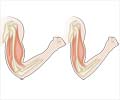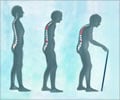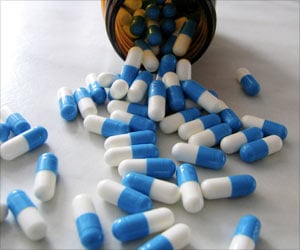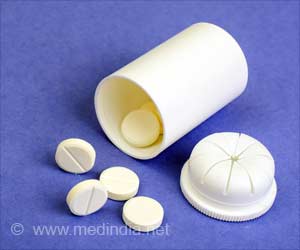A new drug mimics the effects of exercise on muscle and bone. The drug may aid in the treatment of locomotor frailty by inducing similar effects as exercise.
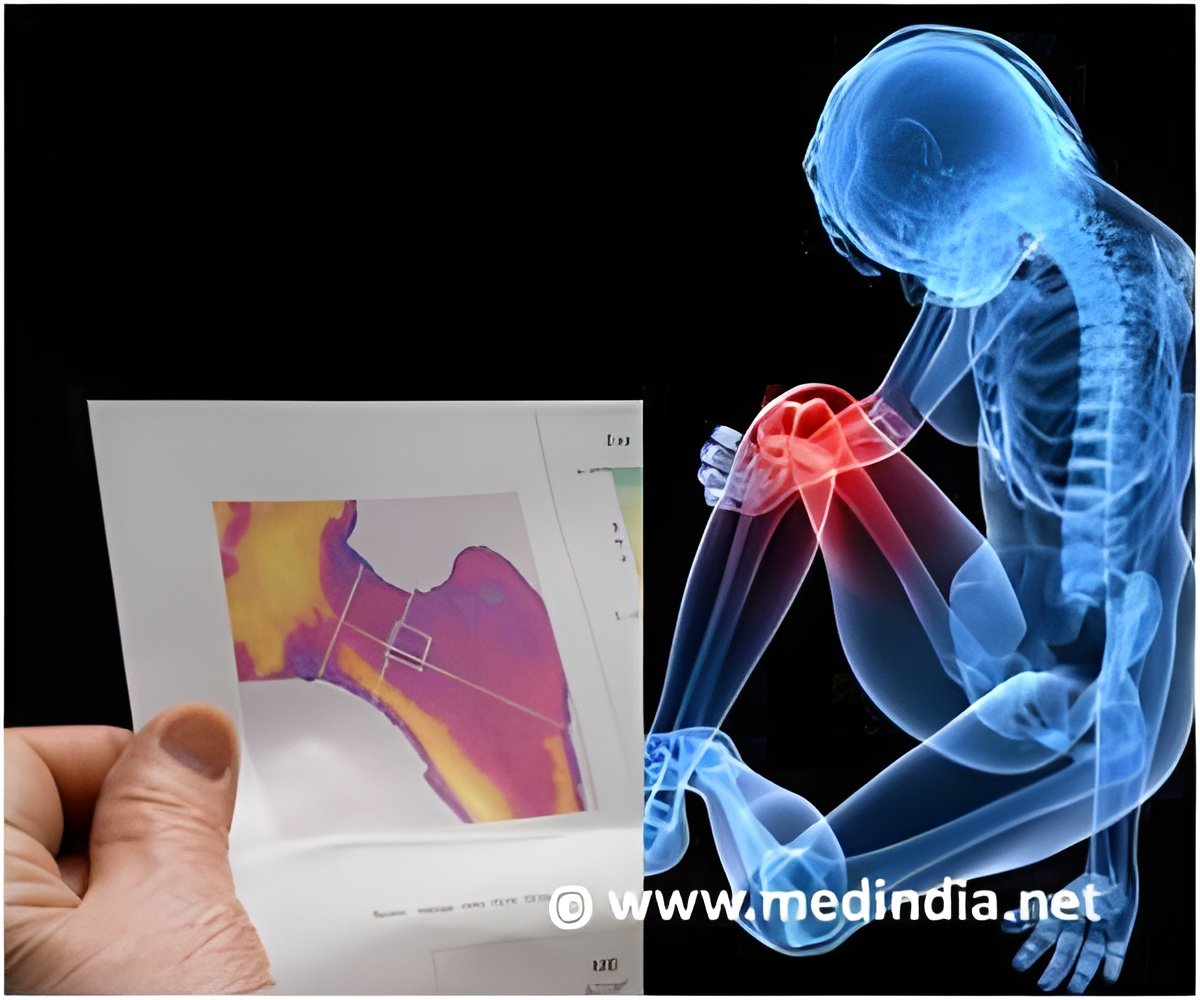
Pharmacologic Options for the Treatment of Sarcopenia
In a new study published in Bone Research, researchers from Tokyo Medical and Dental University (TMDU) developed a novel drug screening system to identify a compound that mimics the changes in muscle and bone that occur as a result of exercise. Using the screening system, the researchers identified the aminoindazole derivative locamidazole (LAMZ). LAMZ was capable of stimulating the growth of muscle cells and bone-forming cells, osteoblasts, while suppressing the growth of bone-resorbing cells, osteoclasts.‘To investigate whether LAMZ can treat locomotor frailty, LAMZ was administrated to an animal model of sarcopenia and osteoporosis.’





When LAMZ was administrated to mice orally, it was successfully transmitted into the blood, with no obvious side effects. “We were pleased to find that LAMZ-treated mice exhibited larger muscle fiber width, greater maximal muscle strength, a higher rate of bone formation, and lower bone resorption activity,” says lead author of the study Takehito Ono. The research team further addressed the mode of function of LAMZ and found that LAMZ mimics calcium and PGC-1α signaling pathways. These pathways are activated during exercise and stimulate expression of downstream molecules that are involved in the maintenance of muscle and bone.
“Both oral and subcutaneous administration of the drug improved the muscle and bone of mice with locomotor frailty,” says senior author Tomoki Nakashima.
Taken together, the research team’s findings show that LAMZ represents a potential therapeutic method for the treatment of locomotor frailty by mimicking exercise.
Source-Eurekalert

